This is a video list of Kyokushin Karate Katas with Instruction. Kata (型 or 形 literally: “form”), a Japanese word, are detailed choreographed patterns of movements practised either solo or in pairs. The term form is used for the corresponding concept in non-Japanese martial arts in general.
Please note that each organization interprets kata in their unique way. There will be slight differences among these. The videos presented are mostly from the IKO1 versions.
Kata originally were teaching and training methods by which successful combat techniques were preserved and passed on. The basic goal of kata is to preserve and transmit proven techniques and to practice self-defence. By practicing in a repetitive manner the learner develops the ability to execute those techniques and movements in a natural, reflex-like manner.
The study of the meaning of the movements is referred to as the BUNKAI, meaning analysis, of the kata. For Bunkai, or application of kata movements:
太極 Taikyoku
Taikyoku is literally translated as “grand ultimate”, from the characters Tai 太, meaning big, and Kyoku 極, meaning extreme, conclusion or end. In Chinese, the kanji characters are pronounced Tai Chi (or Taiji). The word Taikyoku can also mean overview or the whole point – seeing the whole rather than focusing on the individual parts, and keeping an open mind or beginner’s mind. The beginner’s mind is what is strived for during training and in life. The beginner’s mind does not hold prejudice and does not cling to a narrow view. The beginner’s mind is open to endless possibilities.
平安 Pinan
The Pinan Katas were created by ‘Anko’ Yasutsune Itosu Sensei in 1905.
Pinan (Heian in Japanese) is the Okinawan pronunciation of the meaning “safe from harm”.
For a complete history of the Pinan Katas, click here.
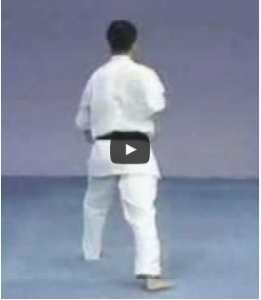
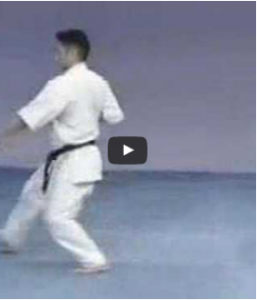
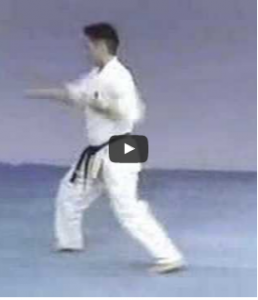
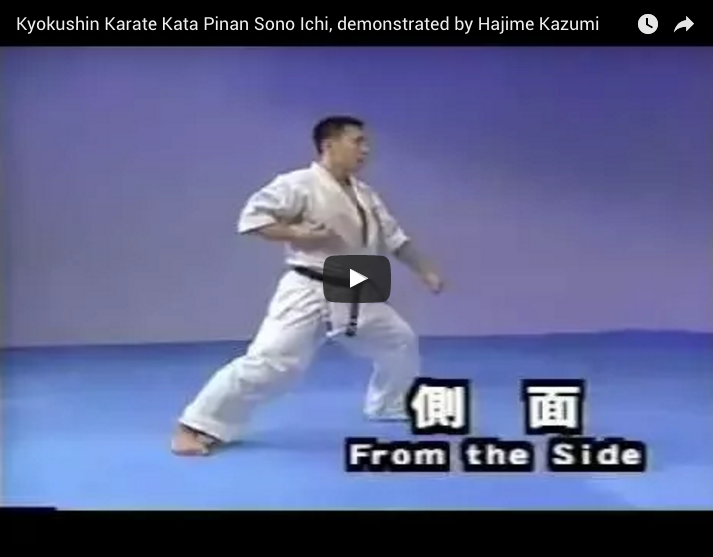
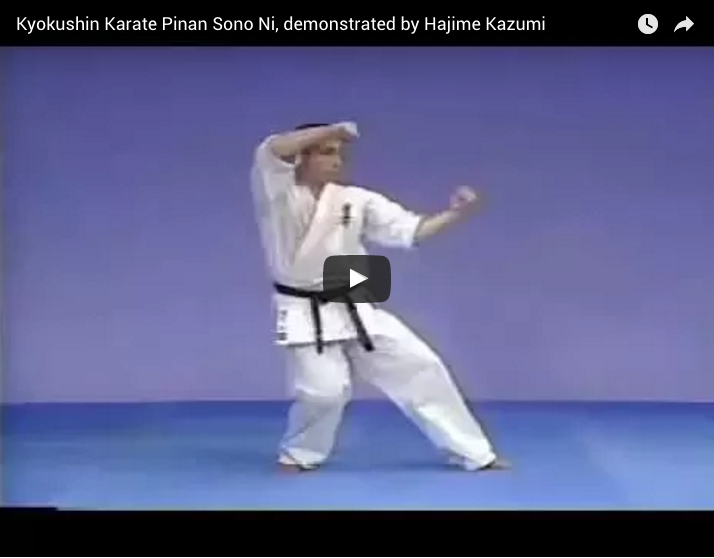
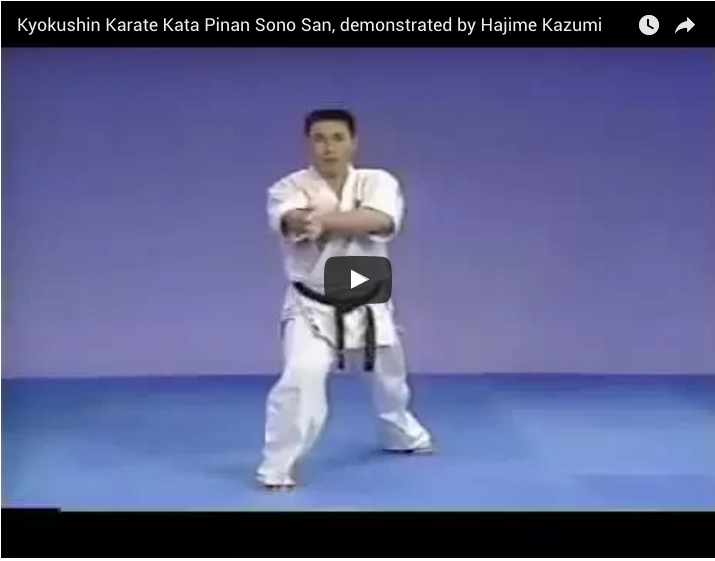
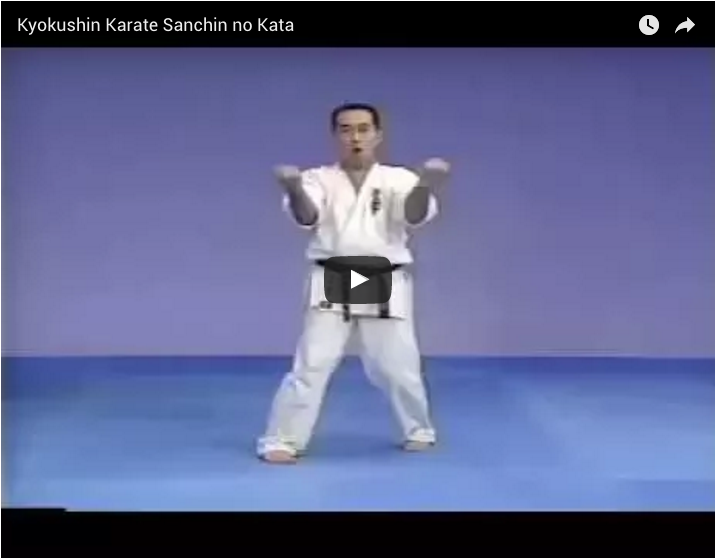

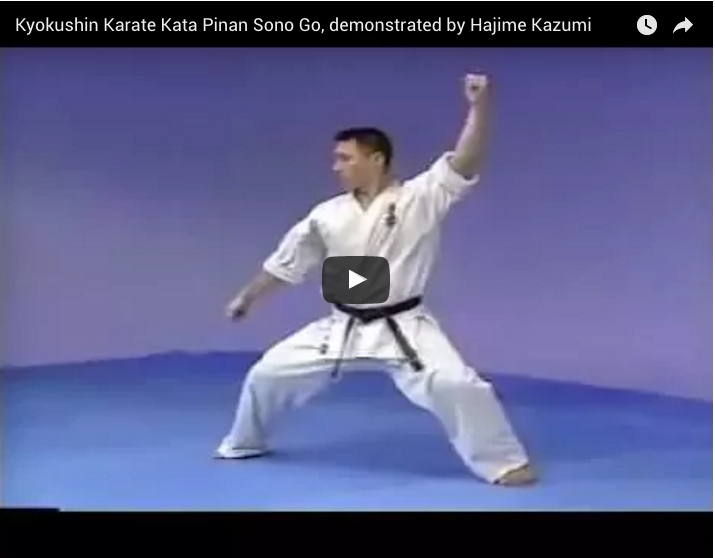
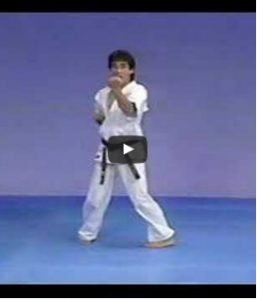
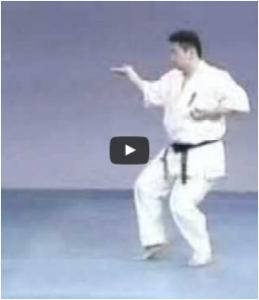
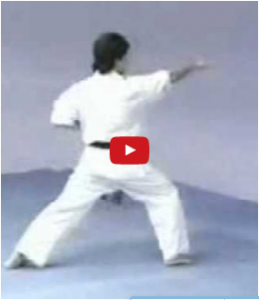
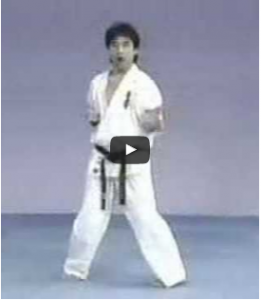
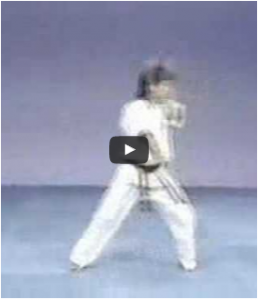
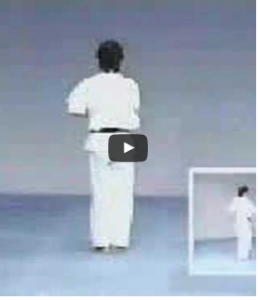
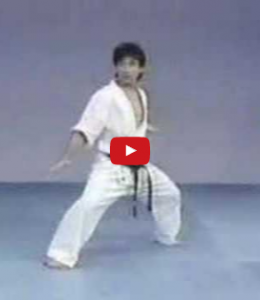

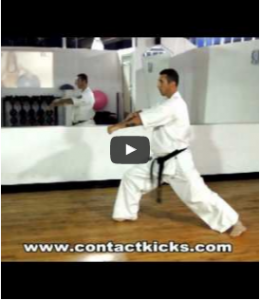
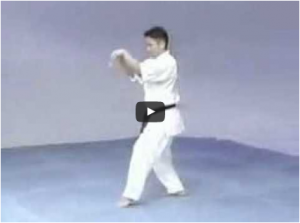
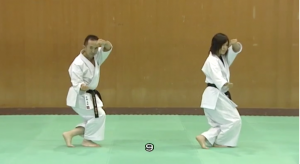

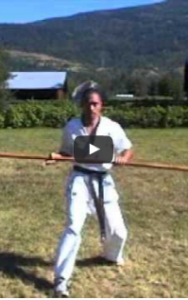
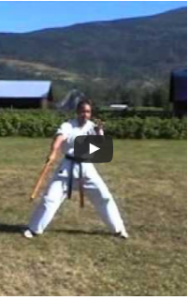
can you do Kyokushin at the age of 50 is it too hard on the body how long will it take to get a black belt?
OSU Scott!
Is it possible that you also include some degree of in-depth study on the Sanchin kata?
Kata is so important in every style as I have done more than one style
Bassai too ? Tonfa? Osu
Thats a really cool kata`s that will like to work my self if u instructor dont mind
Thank you so much.
Do you have a list of ura? I’ve found some on the internet but not every one.
Thanks A LOT fr this website, congrats.
Pierre
мне понравилось